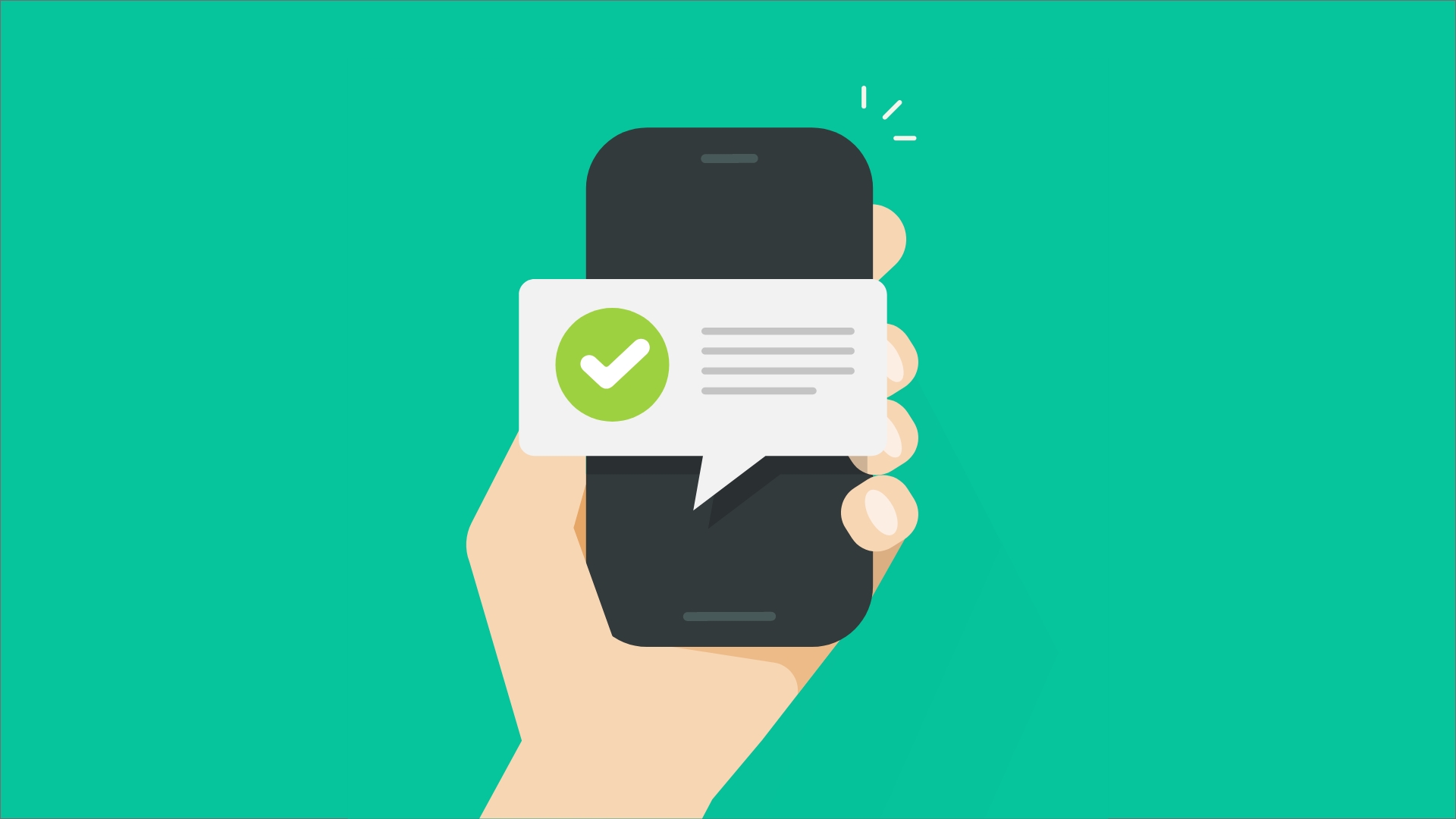It’s one thing to attract new users to your website, it’s another to keep them there. So much engagement with a brand now happens on the search engine results page. With featured snippets, knowledge panels, related questions (not to mention news, images, videos), you might wonder how anyone makes it off of Google and on to your website. With the continued growth of social shopping, there’s another competitor to your site traffic as these big tech giants try to keep user engagement on their platforms where they control the conversation and make money off of ads for your competitors. So after you’ve attracted users to your website, it’s time to focus on keeping that hard-earned audience engaged. Mobile applications have had the upper hand in keeping user attention, from the psychology of app UX to notifications that keep users alert and opening the app. But if your brand doesn’t have an app, there are ways you can implement these same strategies to retain your customers and keep them engaged using website push notifications.
What is a website push notification?
Unlike a website notification, which can appear on a web page while the user is actively on a website, a permission-based browser push notification is sent from a website through an internet browser, such as Chrome, Firefox, or Safari. Users have to opt-in to receive these notifications and, once they have accepted, your subscribers can start receiving notifications that will take them to specific URLs on your website. And, because the notifications come from the browser, a user doesn’t even have to be on your website to get your notifications, so you can focus on user retention and start increasing your user engagement rate by up to 75%.
A push notification requires a user to opt-in to your notifications via the browser. Collecting subscribers does not require collecting and processing personal user data, so browser push notifications are inherently GDPR-friendly. As a subscriber to a website’s notifications, there’s very little a website can learn about you unless you explicitly tell them. There is always a buffer between the website and the end-user since the internet browser manages the delivery and receipt of notifications.
Benefits of using website push notifications
Because of the simpler sign-up process, push notifications have higher opt-in rates than email sign-ups, as well as a lower unsubscribe rate. Understand that when you send out these kinds of notifications, you’re sending to an audience that is technologically savvy, that already knows why they want to hear from you and re-engage with your website.
- You can push people back to your website when they’re not currently on it
- Compete with apps without having to build an app
- Higher opt-in rate than email sign-ups
- Lower opt-out rates than email sign ups (10% opt out within a year)
- Assured delivery to the end-user (doesn’t get pushed to spam, or a promotions tab, but appears on their browser
- High conversion rate
- Mindshare of users
What kind of notifications should I send out?
There are different use cases for web push notifications. When deciding how to send your notifications, think about what information your user needs to know, and when do they need to know it. You can send a notification to a mass audience of all the subscribers you collect, or have an action automatically trigger a notification (such as leaving the website with an item in your cart and no sale). Here are some examples of the types of notifications you might want to send.
- News alerts
- New blog posts
- Sales events
- Flight notifications
- Live sport updates
- Remind people to finish their purchases
Are website push notifications worth it?
There is a lot of potential for businesses to really ramp up engagement through website push notifications but there are limitations. You have limited control over how the information contained in your notification is presented to the end user. The design depends on the browser the notification is being sent through, as well as the device the user is on, which makes it very important to perfect your push notification copywriting skills. It’s also technically complicated to set up a thorough push notification system, you will probably need the assistance of a coder or agency to build your system to the point you can take it over.
However, the benefits of push notifications are evident. Websites can effectively compete with apps by sending messages to their subscribers and sending them back to their site. They are an effective way to retain users and keep your audience engaged.

